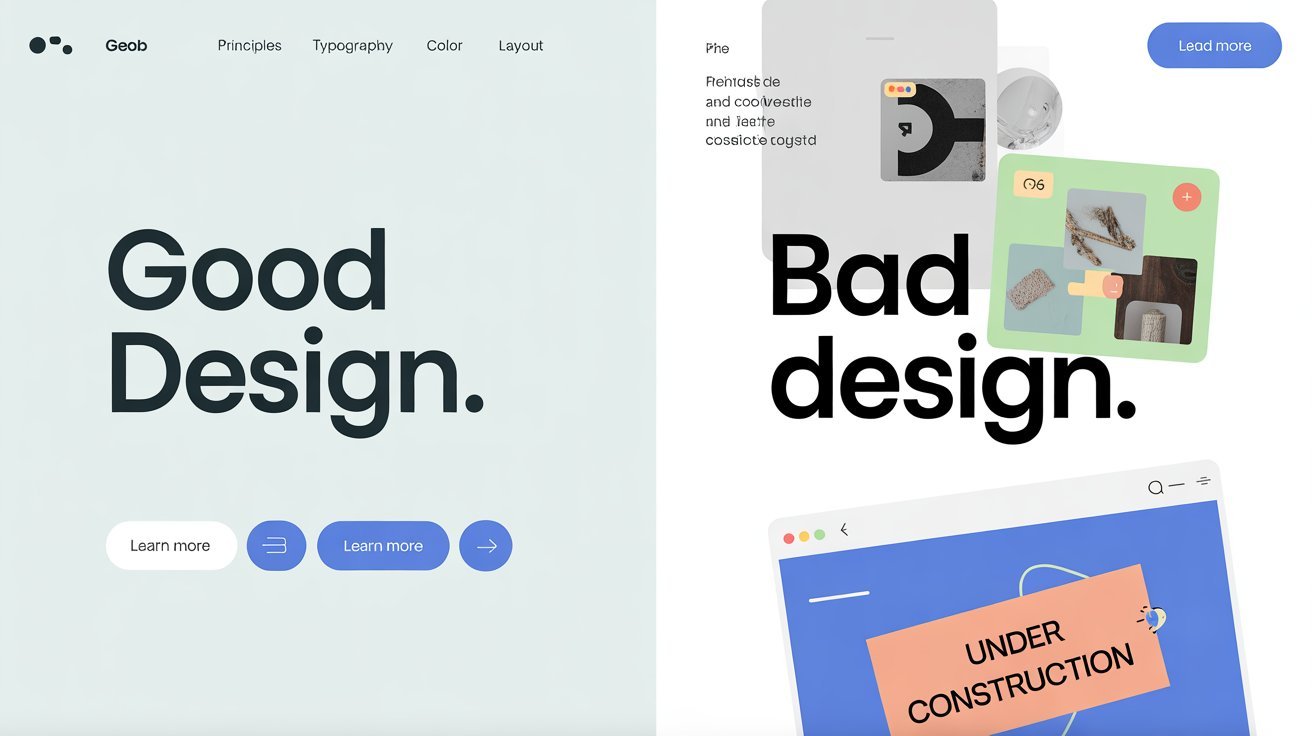Once you understand the principles of web design, any website can become a dynamic digital experience. It’s not just about making a website look good; it’s about usability, clarity, and fun. An intelligently designed website builds trust in visitors, who will want to linger.
Every single element, from color schemes to typography and navigation, contributes to user interactions. This guide explains some important modern design principles and shares tips on how to apply them within your work.
Understanding Core Web Design Principles
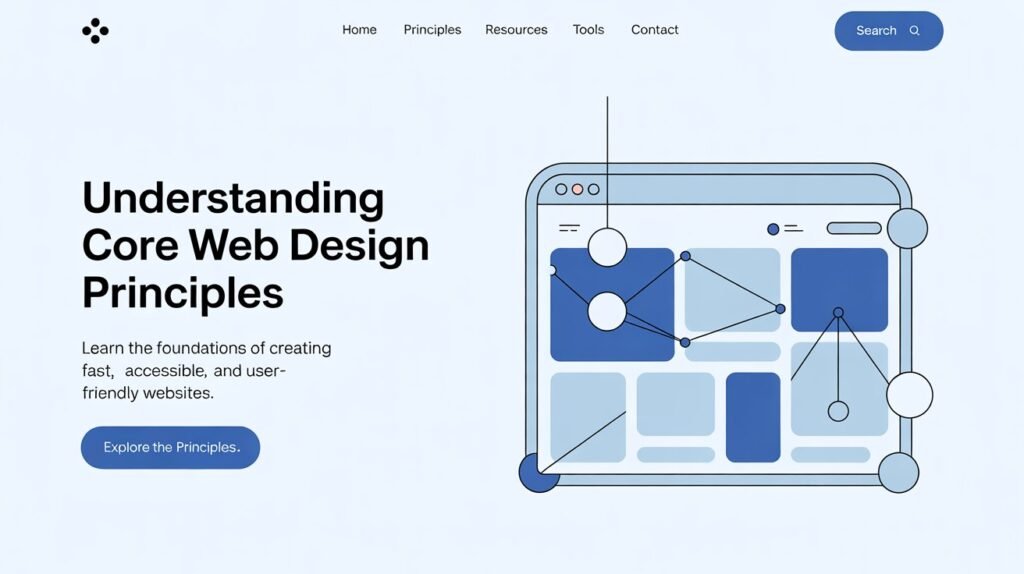
The first step to web design principles being applied properly is knowing what they are. These are the basic rules that will provide the foundation of a site that works and looks good. Some of these basic elements of design include balance, contrast, alignment, consistency, and emphasis. Failure to observe these basic elements invites confusion and clutter into a user’s experience.
Think of the website as a room; disorganization can make people lost, while a well-ordered layout makes them comfortable. It will be much the same with web design: every decision, from font size to button placement, has an impact on how users make their way around.
Learn More : Why artificial intelligence is important
Applying Layout and Structure
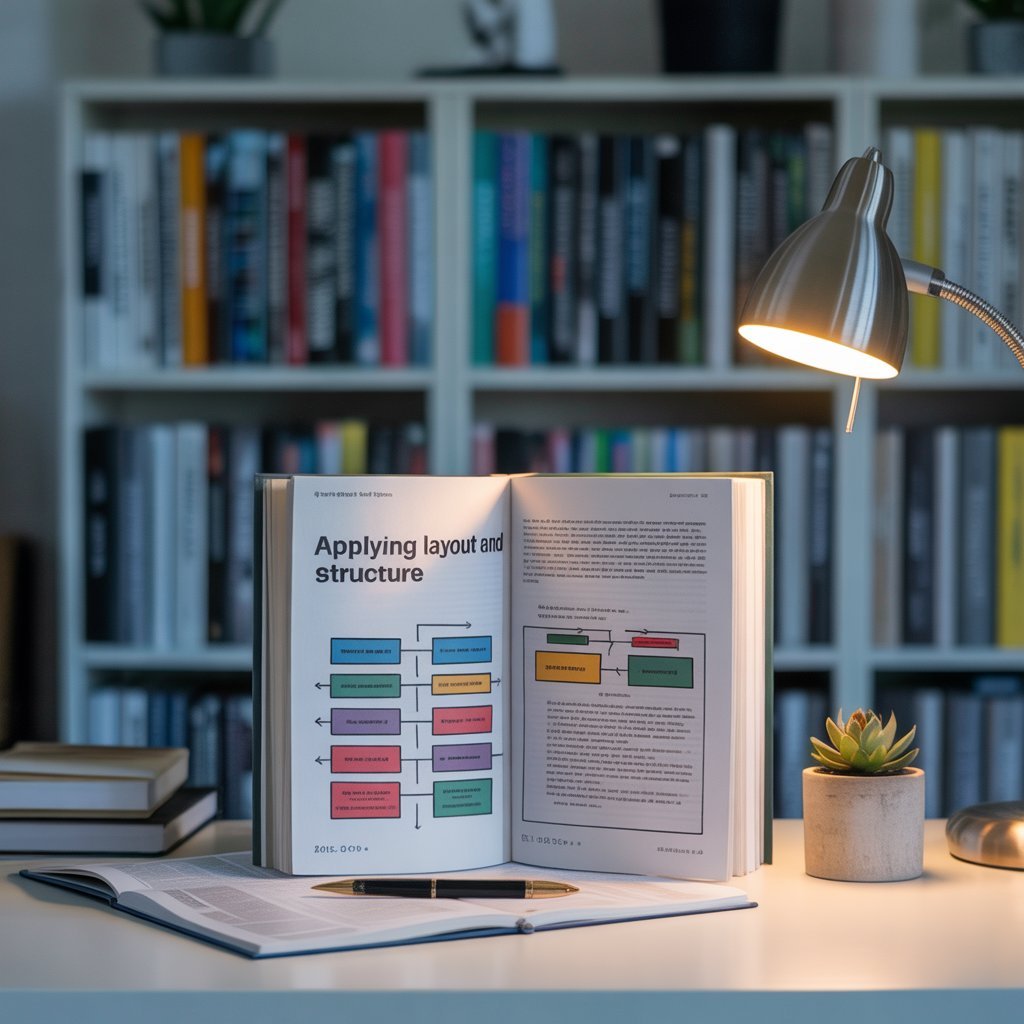
A strong structure is necessary for any website. A structure determines the relationship between texts, images, and functions on one page. A good layout structure promotes easy reading and understanding. Designers use a grid system to enforce ordering and alignment for all components.
Some of the common layout styles include the Z-pattern, single-column layout, and F-pattern, all serving better for specific kinds of content. For instance, news sites utilize an F-pattern design because of readers’ natural tendencies when it comes to scanning a page, while e-commerce sites use grid layouts to communicate many products efficiently.
Common Web Layouts and Uses
| Layout Style | Best For | Example Websites |
| F-pattern | Blogs, news sites | CNN, BBC |
| Z-pattern | Landing pages | Product promos |
| Grid layout | E-commerce | Amazon, eBay |
| Single column | Mobile apps |
Typography and Readability
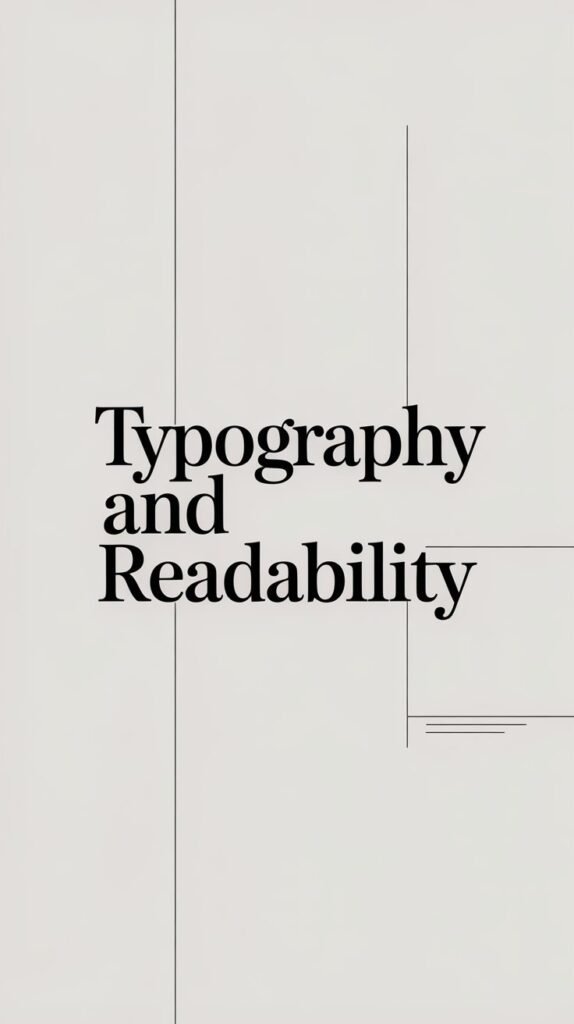
Typefaces are more than just picking the pretty font; readability is key. Good web design requires text to be clear, the right size for different devices, and it has room to breathe.
Serif fonts are usually used for formal purposes, while sans-serif fonts provide a modern appearance. According to best practices, no more than two font families should be used across a site; there must be discernible hierarchy in headings and body text. Good typography leads the user through content much like signs guide travelers along a route.
Color Theory in Practice
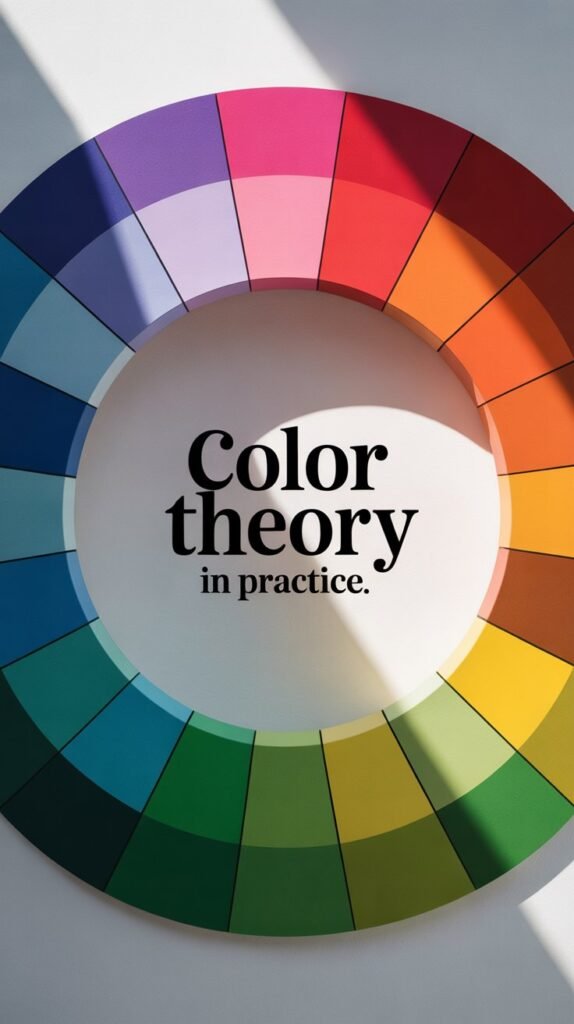
Color can stir emotion and influence the user’s behavior. Principles of effective color usage are part of web design. Bright colors drive attention, whereas pastel colors or their tints have a calming effect. Designers use color theory to choose harmonious or contrasting colors for visual equilibrium.
Every color conveys a certain message; for example, blue symbolizes trust, red means urgency, and green is for growth. For the most professional look, a brand usually selects one primary color and two secondary colors. It’s also important to remember that background and text need to be contrasting in color to create good readability.
Psychological Effects of Color
| Color | Meaning | Common Use in Web Design |
| Blue | Trust, calm | Banks, healthcare |
| Red | Urgency, passion | Sales banners |
| Green | Growth, nature | Eco brands |
| Yellow | Optimism, energy | Lifestyle blogs |
Navigation and User Flow
Navigation serves as a roadmap to your site. If users can’t find what they need, then they will leave. Good navigation means clear menus, functional links, and a logical structure that simplify the user experience.
For example, an e-commerce website should make the path from product find to checkout seamless with the least number of steps. The labels for menus should be simple, concise, and descriptive. Sticky headers and search bars are other features that promote navigation and increase user stay time.
Importance of Speed, Performance, and Mobile Optimization
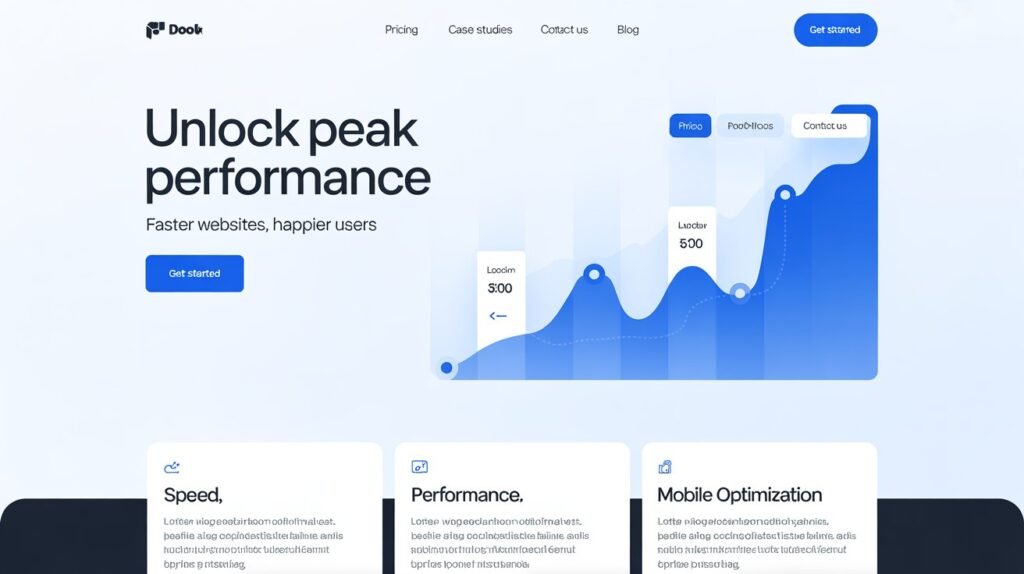
Users generally don’t like slow-loading sites. Page speed is not only a user expectation; it also forms one of Google’s ranking factors. So, to maximize the use of web design principles, your site needs to load fast. It can be slowed down by large images, too many scripts, or bad hosting. Significant enhancement in speed can be achieved by compressing files and making use of caching solutions.
Mobile optimization is just as important, since a high percentage of today’s web traffic originates from mobile devices. Responsive design ensures that your site adjusts to different screen sizes. A desktop-style page that fails on mobile erodes trust rapidly. Both speed and responsiveness are paramount for today’s web design.
Issues Affecting Speed and Performance on Mobile
| Factor | Effect on Site | Solution |
| Large images | Slow load time | Compress files |
| Heavy scripts | Browser delay | Minify code |
| Poor hosting | Downtime | Upgrade server |
| No responsive design | Broken mobile view | Use fluid layouts |
Accessibility and Inclusive Design
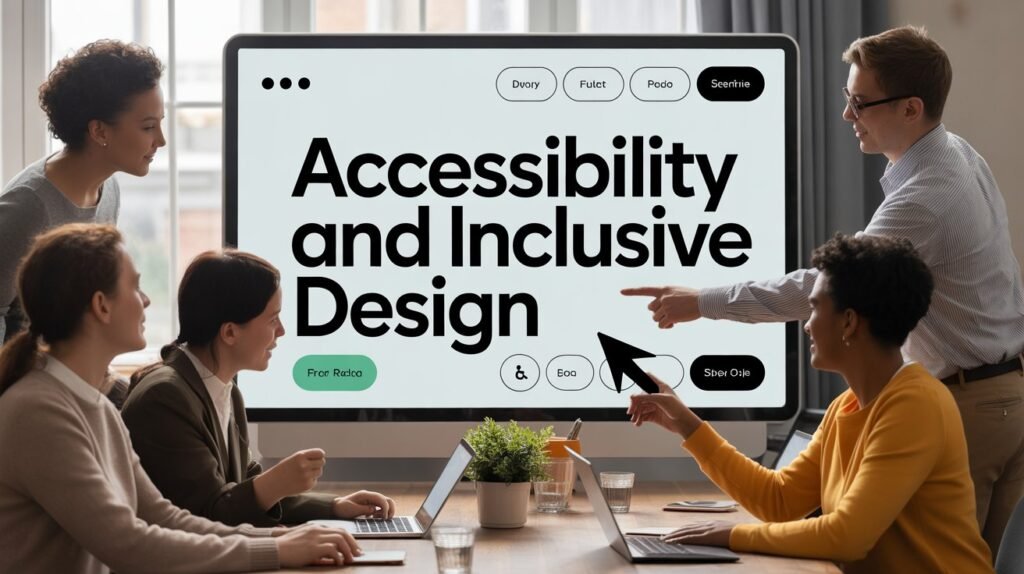
In reality, creating an inclusive design is crucial for the effective implementation of web design principles. After all, accessibility ensures that your site is available to all individuals, regardless of ability, to navigate and enjoy. Examples include alt text for images, high-contrast colors, and captions in videos. Inclusive design also considers cultural and linguistic differences, creating an accessible experience for diverse audiences. Not only is it a moral and legal obligation, but it builds trust and opens up your material to more audiences.
Continuous Testing and Improvement

The most fundamental uses of web design principles involve designing inclusively. Accessibility allows users with disabilities to fully use your site, including adding alt tags, colors that contrast well, and subtitles on videos. Inclusive design also involves cultural and linguistic differences. A really user-centered website includes and serves all groups on an equal basis. Accessibility is not only a legal issue, but creates trust and widens your reach.
Frequently Asked Questions
What are the main principles of web design?
The main principles of good design include balance, contrast, alignment, consistency, hierarchy, and emphasis all integrated to provide an organized and user-friendly site.
Why is layout so important in web design?
Layout affects the way users read and interact with content. A well-structured design makes information easy to find and enjoyable to use.
How do colors impact web design?
Colors evoke emotions and behaviors and communicate the tone of a page. It draws attention to important areas while effective contrast enhances readability.
What is good typography in design?
Effective typography involves the use of readable fonts, clear hierarchy, and proper spacing to lead readers directly through text.
How often should I test my website design?
Testing should be ongoing. Regular feedback and analysis maintain your design’s effectiveness in the face of changing user preference.
Conclusion
Knowing the principles for web design allows you to keep users engaged with your website and meet their requirements in the best possible way. Layout, color, typography, performance, and accessibility are just the essential elements that compose an uninterrupted user experience. A good website is not just supposed to look good but also perform similarly on every device. Only regular tests and improvements will maintain your site relevant and responsive to user’s expectations. This way, you’ll manage to generate timeless designs targeted at contemporary needs.

